1. Indoor Mail Slots
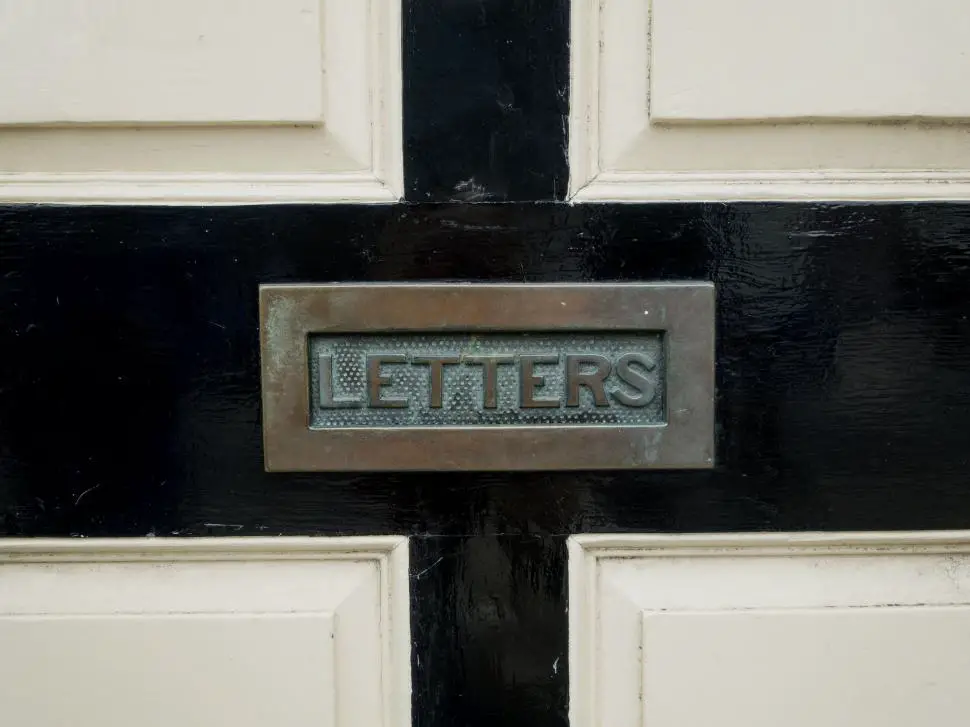
In certain homes, indoor mail slots allowed letters to fall directly into a wall compartment by the front door. As mailboxes became standard, these slots are now often decorative or simply left unused, hinting at the days when postal delivery was more central to daily life.
2. Milk Doors

Older homes often had small “milk doors” built into the wall near the back door. Milkmen would use these to deliver fresh milk without disturbing the household. Today, these quirky features are usually sealed off or repurposed as storage nooks.
3. Ice Delivery Doors

Similar to milk doors, ice delivery doors were tiny compartments where icemen would place large blocks of ice to keep the household’s icebox cold. Refrigerators have eliminated the need for ice deliveries, so these doors are now intriguing relics of a time before modern refrigeration.
4. Dumbwaiters

Dumbwaiters are small elevators designed to carry items like food or laundry between floors. They were particularly useful in multi-story homes with large staffs. Nowadays, these are mostly found in old historic buildings, though some creative homeowners have restored or repurposed them.
5. Transom Windows
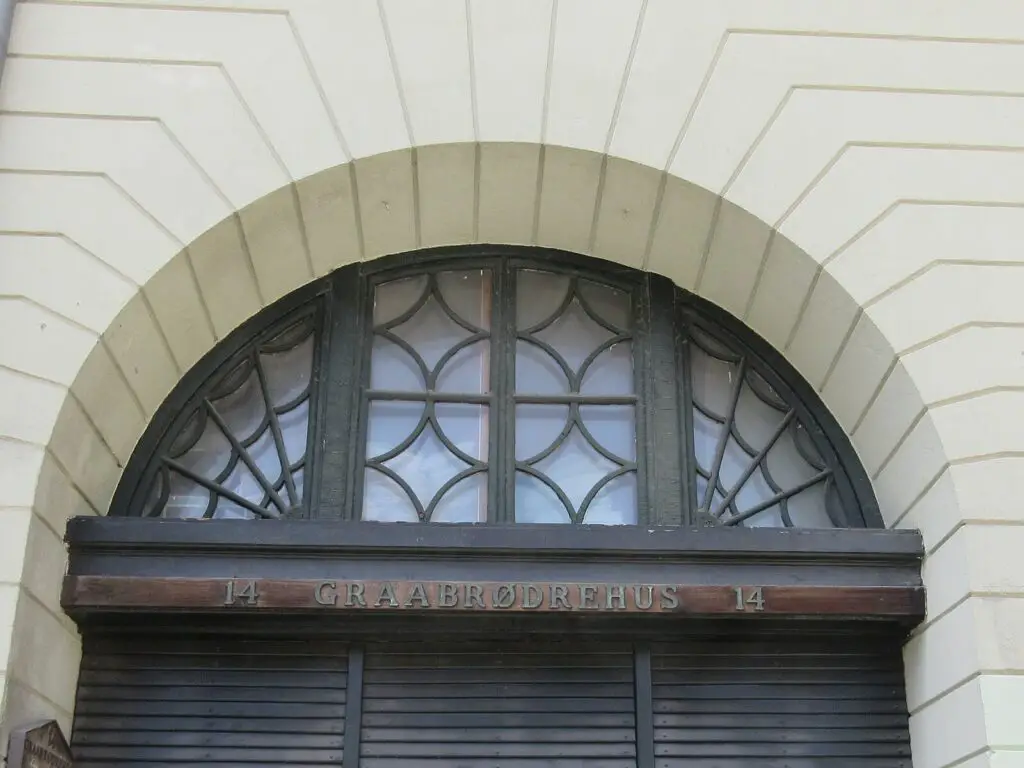
These small, hinged windows located above doors were used for ventilation in the days before air conditioning. They allowed air to circulate even when doors were closed, but with the rise of central air systems, they’re now rarely used for their original purpose.
6. Phone Nooks
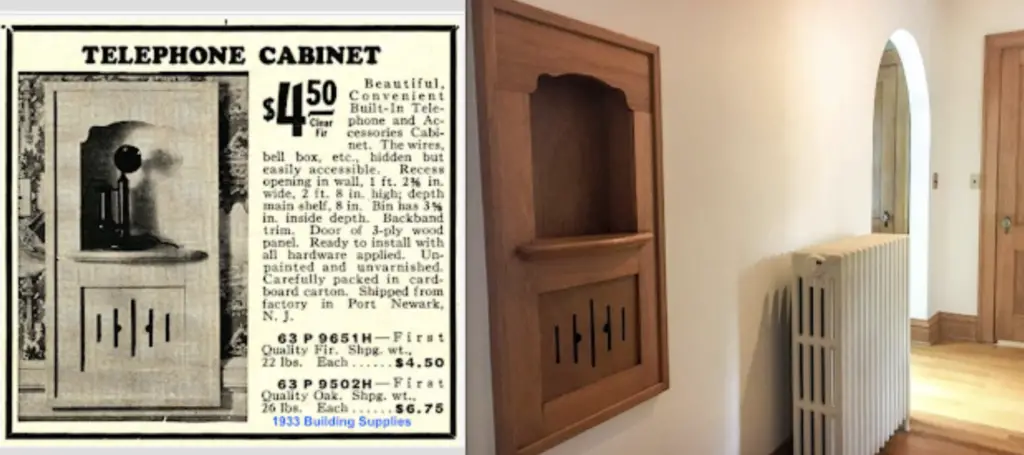
Many homes built in the mid-20th century featured phone nooks—a small alcove in the wall specifically for a rotary phone and phone book. With cell phones now the norm, these nooks have become decorative features or are often removed entirely.
7. Picture Rails

Picture rails are a strip of molding installed near the top of walls that allowed homeowners to hang pictures without damaging the plaster. Today, picture rails are rare, as walls are typically made of drywall and easily accommodate nails or hooks for hanging.
8. Servant Call Buttons

Servant call buttons were once placed in various rooms of the home to summon domestic staff. They’re commonly found in historic homes, but with modern lifestyles and smaller household staffs, these buttons are mostly out of use.
9. Laundry Chutes

Laundry chutes were once installed to quickly send dirty clothes from upstairs bathrooms or bedrooms down to the laundry room. While still convenient, they’re less common today as home layouts have changed, often with laundry rooms situated on the main or upper floors.
10. Coal Chutes
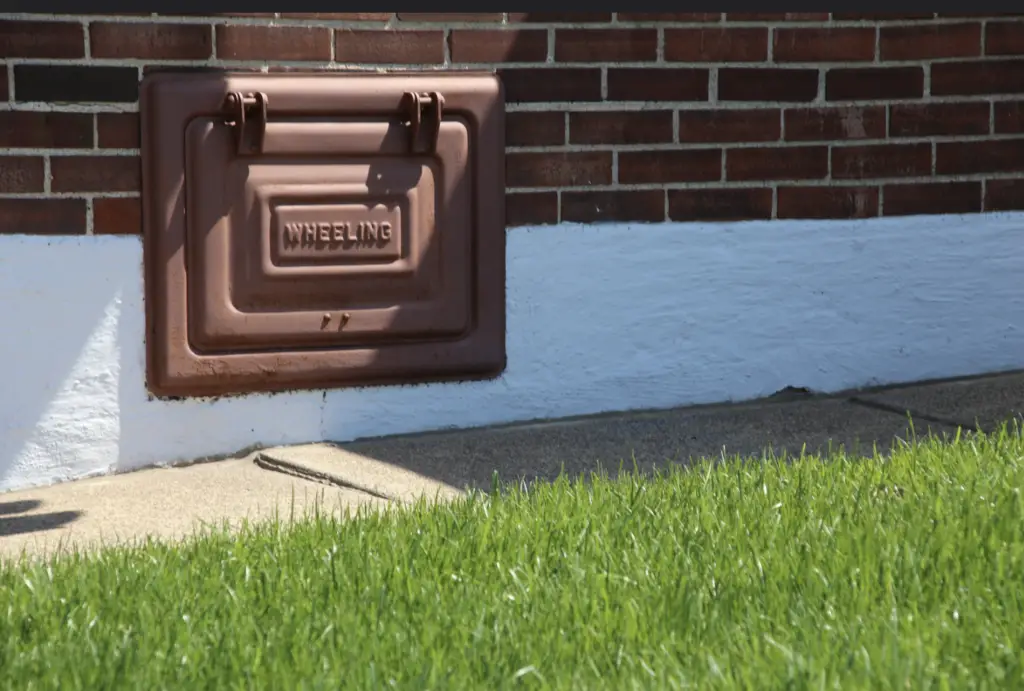
Homes that were heated by coal used to have a small metal door on the outside for coal delivery. Today, most homes are heated with electricity, gas, or oil, so these coal chutes are now defunct, often sealed off or repurposed.
11. Root Cellars

Root cellars were used to store fruits and vegetables in a cool, underground space before refrigeration. While they’re still practical for some gardeners, root cellars are generally unused in modern homes, especially those without basements.
12. Sewing Closets
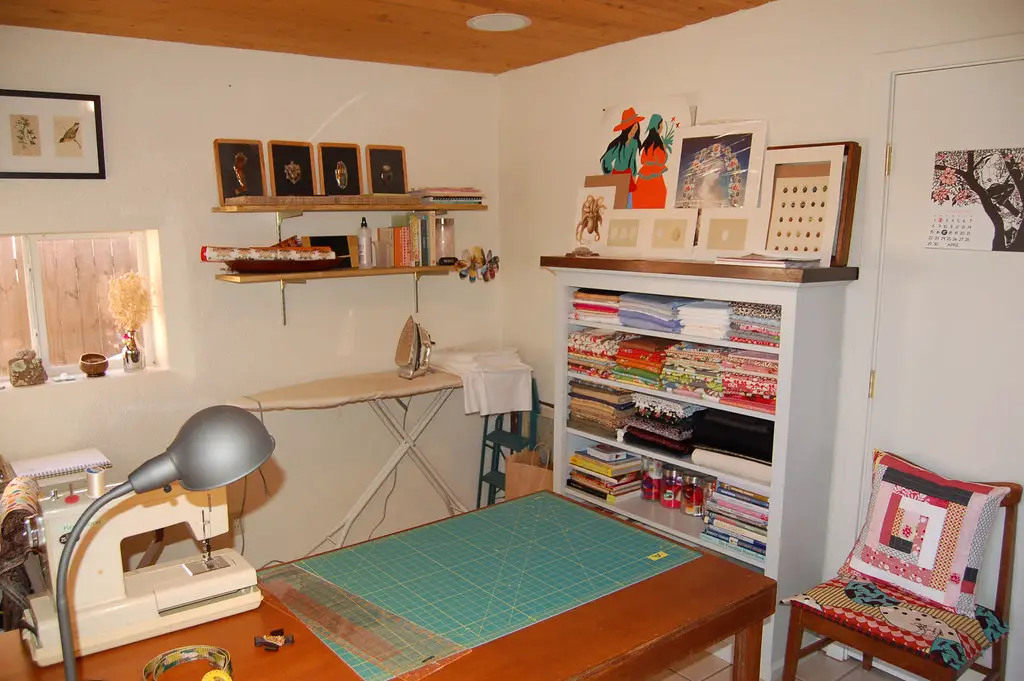
Older homes sometimes included dedicated sewing closets or rooms for making and mending clothes. With the popularity of ready-to-wear clothing and the decline of home sewing, these spaces have lost their purpose and are now usually repurposed as storage.
13. Cisterns
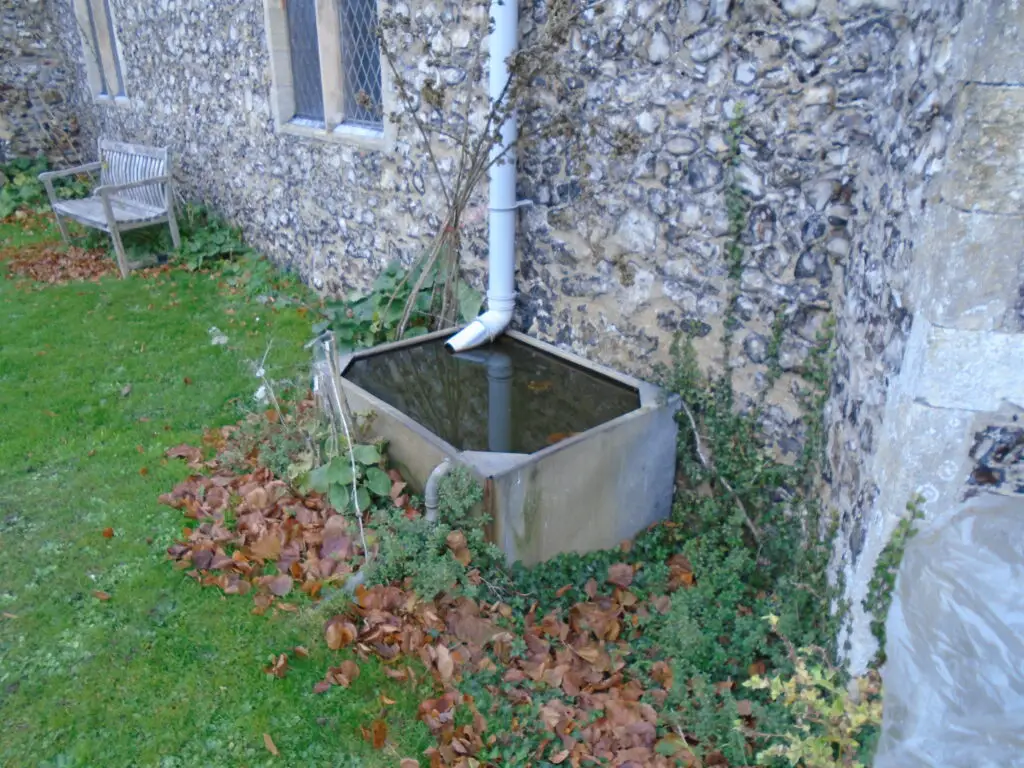
Cisterns were once used to collect and store rainwater for household use, especially in rural homes. While some environmentally conscious homeowners still use them, cisterns have largely fallen out of favor as city water systems have become widely available.
14. Butler’s Pantry
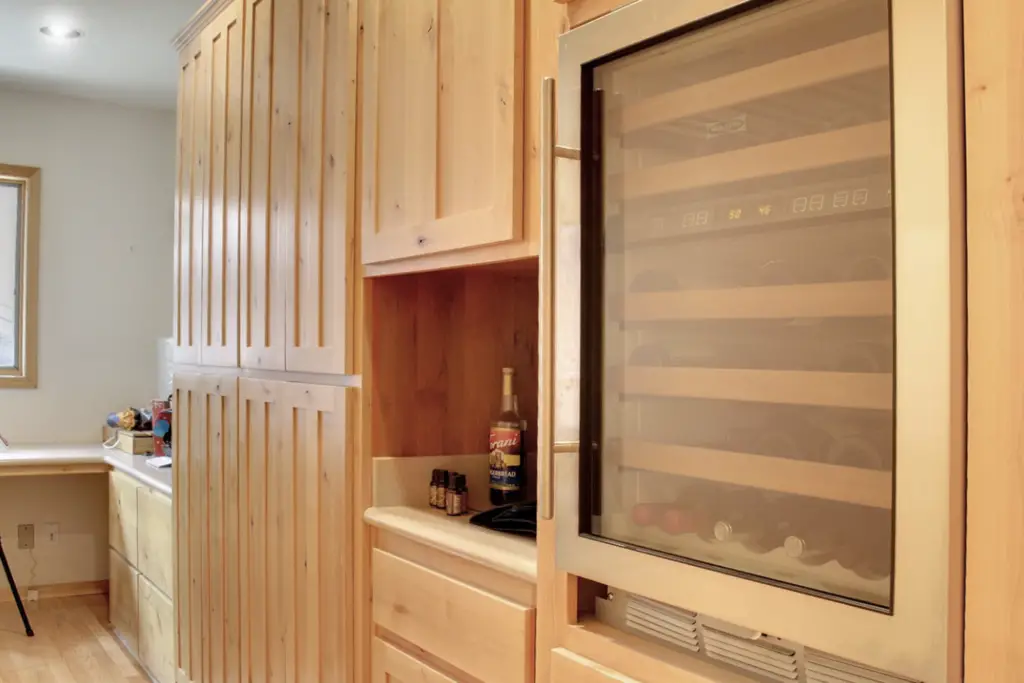
Once a staple in luxury homes, the butler’s pantry was a small room for preparing and storing food before it was brought to the dining area. While some high-end homes still have them, they’re far less common as open-concept kitchens have become the hub for food prep and entertaining.
These features may seem mysterious to today’s homeowners, but each tells a story of how domestic life has evolved over the decades.
